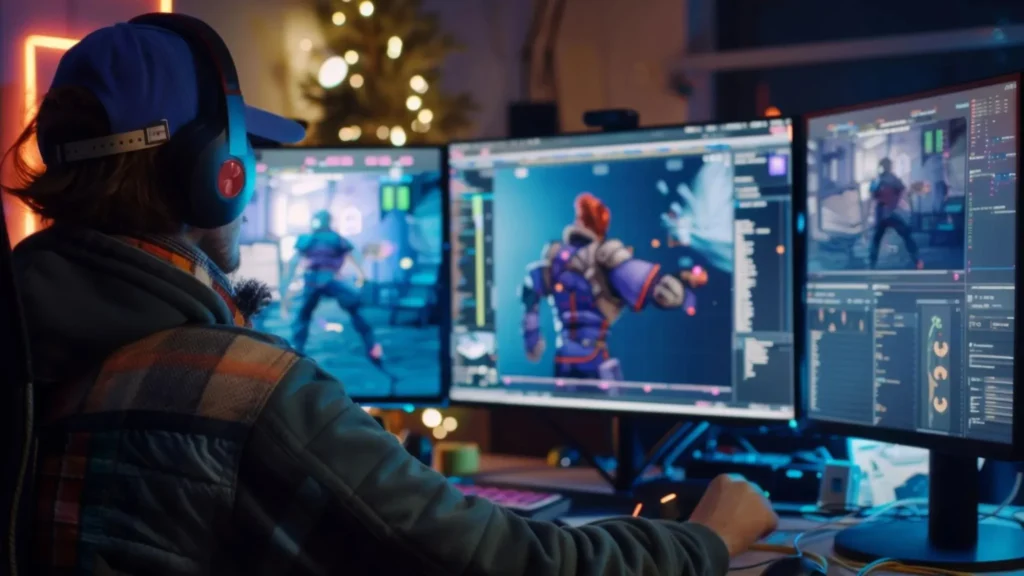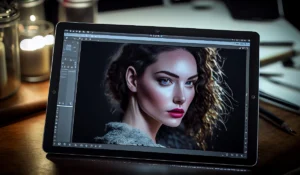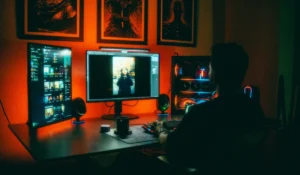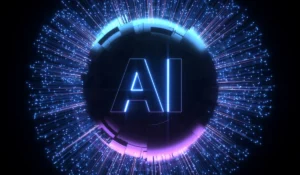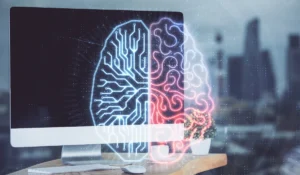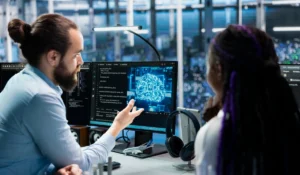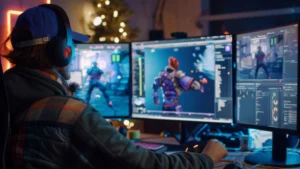In the ever-evolving field of graphic design, staying competitive requires innovative tools and methods. AI tools for graphic design are transforming the way creatives approach their work, offering intelligent solutions to enhance both efficiency and creativity. These tools leverage artificial intelligence to automate repetitive tasks, generate design elements, and provide intelligent suggestions.
As a result, designers can focus more on creative problem-solving and delivering impactful visuals. With AI, even complex design challenges can be tackled more quickly and effectively, giving professionals an edge in this fast-paced industry.
Why AI Tools for Graphic Design Matter
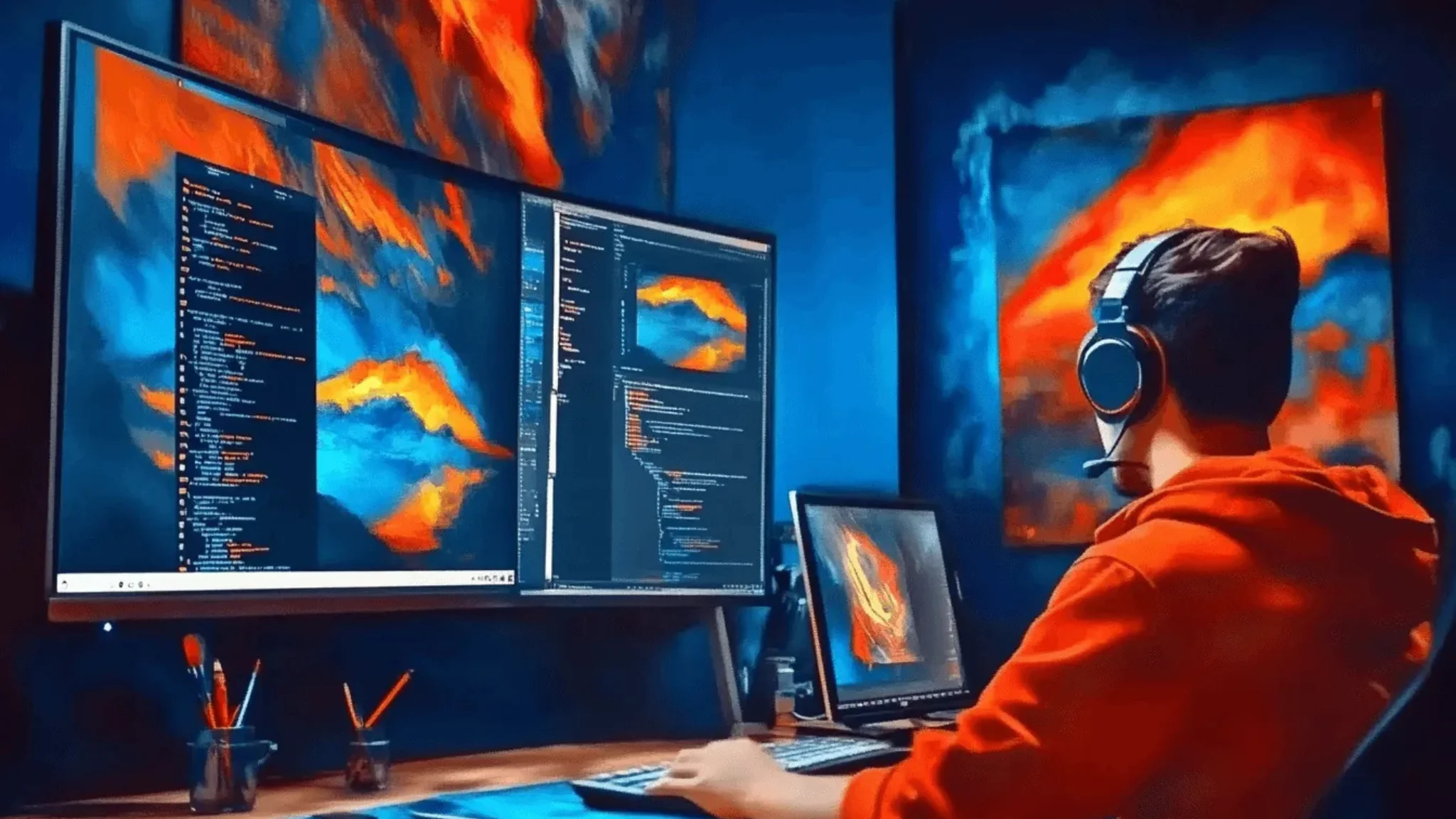
Automating Tasks with AI Tools for Graphic Design
One of the biggest advantages of AI in design is automation. Tools can handle tedious tasks such as background removal, image resizing, and color correction. For example, Adobe Firefly’s Bulk Create allows users to process thousands of images in minutes, freeing up time for more creative work (theverge.com).
By reducing manual editing, designers can concentrate on conceptualizing ideas, selecting visual themes, and enhancing the overall aesthetic of their projects. This not only increases productivity but also ensures consistency across large design projects.
Boosting Creativity Using AI Tools for Graphic Design
AI tools are not just about efficiency they also spark creativity. Platforms like Canva Magic Design™ analyze user inputs and provide design suggestions that align with the project’s goals. This helps designers overcome creative blocks and explore new possibilities they might not have considered otherwise (canva.com).
Moreover, AI can simulate various design iterations in seconds, giving designers a wide range of visual options. This capability is particularly valuable when working under tight deadlines or handling multiple client requests simultaneously.
Personalization and Customization
AI tools also enable more personalized design outputs. For instance, Khroma learns a designer’s color preferences and generates custom palettes tailored to their unique style (medium.com).
Such personalization helps maintain brand identity and design consistency across different media platforms. Designers can ensure that every visual element aligns with client or brand guidelines while experimenting with new creative directions.
Top AI Tools for Graphic Design in 2025
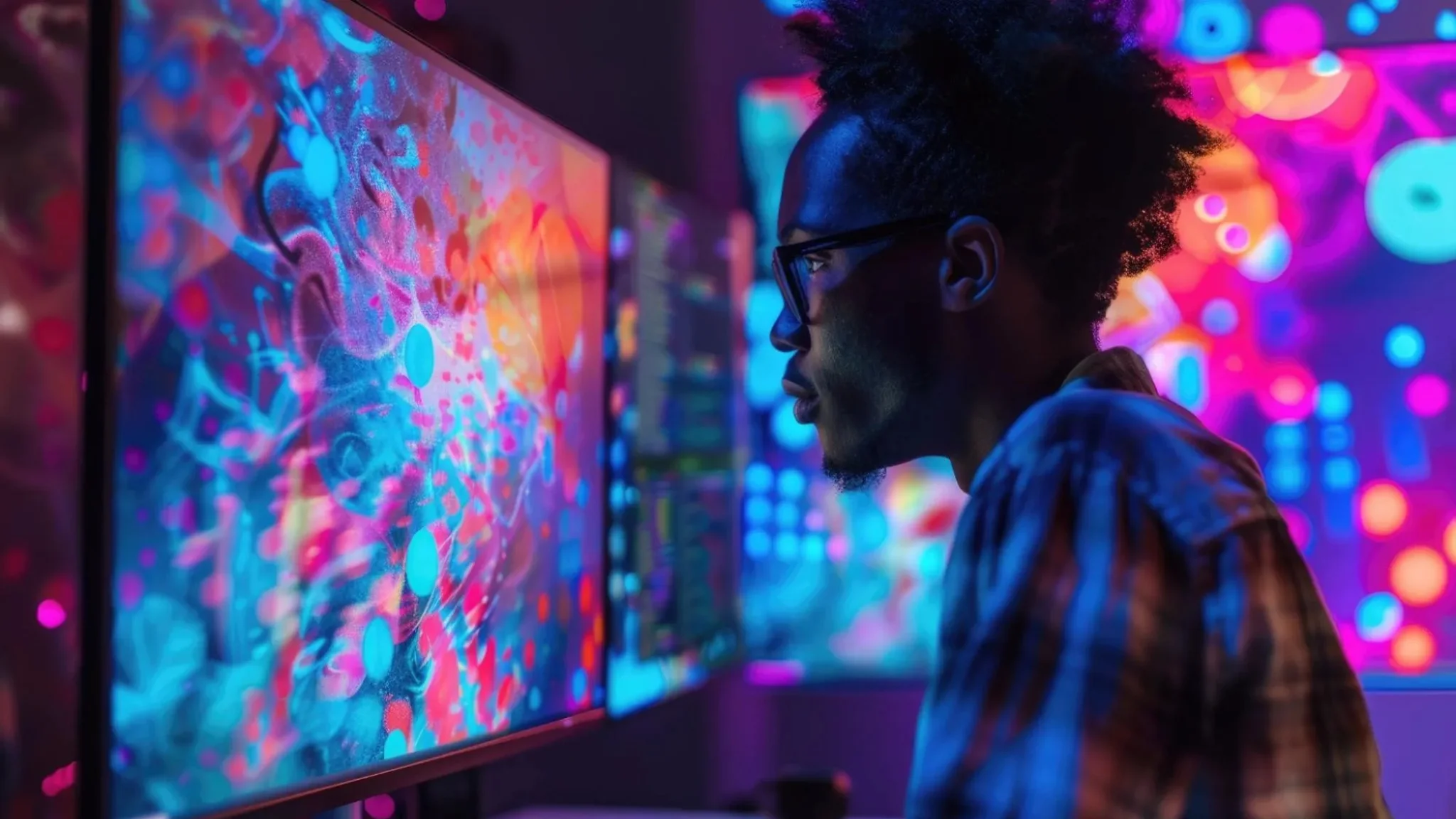
1. Adobe Sensei
Adobe Sensei integrates AI and machine learning into Adobe Creative Cloud, automating tasks such as image editing, font selection, and content tagging. This increases productivity while maintaining high-quality design outputs.
Sensei also provides intelligent recommendations for layouts and effects, helping designers quickly generate polished visuals. Its seamless integration with Adobe apps like Photoshop and Illustrator makes it a favorite among professionals.
2. Canva Magic Design™
Canva Magic Design™ simplifies the design process with AI powered suggestions. Users can input basic ideas or images, and the platform generates complete design templates, including typography, color schemes, and layout arrangements.
This tool is perfect for both beginners and experts, making professional-quality design accessible to everyone. Additionally, Magic Design™ supports collaborative features, allowing teams to work on projects in real-time.
3. Remove.bg
Remove.bg is an AI-driven tool that automatically removes backgrounds from images, which is particularly useful for product photography, social media visuals, and marketing campaigns.
It saves designers hours of manual work and ensures precision even with complex or detailed images. This efficiency allows designers to meet tight deadlines without compromising quality.
4. Khroma
Khroma focuses on color personalization. It uses AI to learn your preferred color combinations and generates palettes that align with your aesthetic. This ensures consistency across all design projects .
With Khroma, designers can experiment with new color schemes while maintaining visual harmony. It’s an invaluable tool for branding, digital content, and website design.
5. Freepik AI Suite
Freepik’s AI Suite offers multiple tools, including an AI Image Generator and AI Video Generator, enabling designers to create high-quality visuals and animations.
It provides stock images, vector graphics, and AI-assisted designs that accelerate content creation. Designers can also customize assets quickly, reducing production time significantly.
How AI Tools Enhance the Graphic Design Workflow
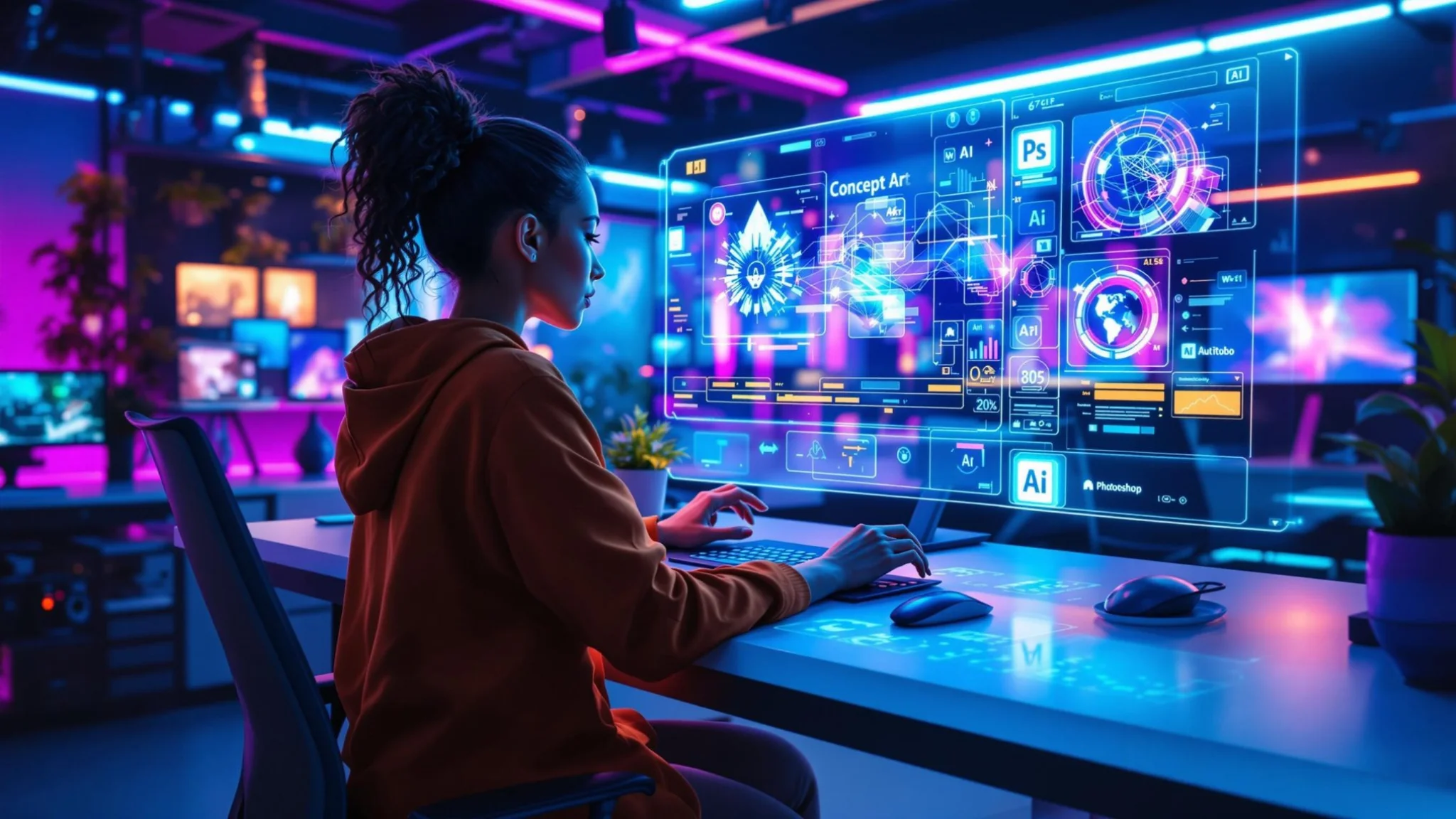
Streamlining the Design Process
AI tools significantly reduce the time spent on repetitive and manual tasks. For instance, bulk image processing, automated layout suggestions, and intelligent resizing help designers focus on creativity rather than technical details.
This streamlined process allows designers to handle multiple projects simultaneously, boosting overall productivity and client satisfaction.
Improving Design Quality
AI powered suggestions enhance the quality of design outputs. Tools like Canva Magic Design™ ensure visual consistency by recommending complementary fonts, colors, and layouts.
Additionally, AI can detect design flaws such as misaligned elements or poor contrast, ensuring that the final product meets professional standards.
Facilitating Collaboration
Many AI tools are cloud-based, allowing real-time collaboration among team members. Designers can share design drafts, leave feedback, and implement changes instantly, making teamwork more efficient.
Collaborative AI tools also enable agencies to maintain centralized libraries of assets, templates, and color palettes, ensuring brand consistency across all projects.
Conclusion
AI tools for graphic design are no longer optional; they are essential for modern creative professionals. By automating repetitive tasks, enhancing creativity, and streamlining workflows, these powerful tools empower designers to produce high-quality work faster and more efficiently.
Whether you are a beginner or a seasoned professional, integrating AI into your design workflow can elevate your creative output and maintain a competitive edge. The future of graphic design is collaborative, intelligent, and efficient, and AI tools are at the forefront of this transformation. For businesses exploring innovation and digital growth, resources like business AI can also provide valuable insights into how artificial intelligence is reshaping industries.
Embrace AI for your design projects, experiment with new tools, and experience a more productive and innovative creative process.
FAQs
Q1: Are AI tools for graphic design suitable for beginners?
Yes, many AI tools are user-friendly and provide templates, making professional-quality design accessible even for beginners.
Q2: Can AI tools replace human designers?
No, AI tools enhance human creativity by automating repetitive tasks and providing suggestions. Human expertise is still essential for conceptual thinking and unique creative outputs.
Q3: Are AI tools cost-effective for small businesses?
Absolutely. Many AI tools offer free or affordable plans, making them accessible for small businesses seeking professional-quality designs without heavy investment.
Q4: Do AI tools work for print and digital projects?
Yes. Most AI design tools now support multiple formats, including print, web, social media, and digital marketing campaigns, ensuring versatility across all platforms.

